Through an indigenous lens - Teaching and learning at Howqua
“We are all visitors to this time, this place. We are just passing through. Our purpose here is to observe, to learn, to grow, to love and then we return home.” Australian Indigenous Proverb
Throughout Terms 3 and 4 there is a good deal of preparation for the upcoming Year 9 Howqua year. We have been working on the development of a new timetable which includes elective choices for the students and there will be some new members of staff in 2022. I have been interviewing our Year 8 parents, in addition to the information which has been provided by them, that will enable us to support the Year 9 students during their time on campus.
A colleague recently shared with me a common-ground pedagogical framework using an Indigenous methodology and as I studied the framework I could see synergies with the approaches taken when teaching and learning at our Howqua campus. This could also help to shape our incoming Howqua girls’ expectations as they enter what is a transformative year for them.

Story Sharing – Learning through narrative
The Framework is expressed in eight inter-connected pedagogies and the first is Story Sharing or approaching learning through narrative. Our Howqua campus sits on the land of the Taungurung people and throughout the year our students will travel through their land when participating in Outdoor Program and learn about the history and geography of the area from both a White and Indigenous perspective. The history of the region and its natural environment become more real when our teachers are able to tell the stories of those who inhabited it. There are equally as many stories about the local flora and fauna of the region. The teachers and girls will be able to tell their own stories about the natural environment they travel through.
Learning Maps – Visualizing outcomes
Learning Maps, the second pedagogy, gives attention to visualized learning processes and our Howqua teachers can not only map out the learning for our students but in many instances the students can visualize what they are learning through using the natural landscape surrounding them. I also would contend that there is learning in terms of personal growth and development. Our students have the opportunity, when not connected to social media, to visualize their interactions with their peers, understand what went well and what did not in those interactions and then visualize how they might try again to reach a satisfactory outcome.
Non-Verbal – Creating understandings through symbolism
The third pedagogy of non-verbal gives attention to the application of intra-personal and kinaesthetic skills to thinking and learning. The Howqua environment enables students to build their intra-personal skills and observe the interactions of their peers and teachers, in the outdoor environment, the classroom and the House. These insights into how individuals interact with each other and observations of the emotional responses of others, are important in developing compassion, empathy and understanding. In addition, there are our responses to the natural environment which are vital to our understanding of looking after nature for now and the future.
In this Indigenous learning framework, symbols and images or metaphors are used to understand concepts and content. Within the Outdoor Program and through the journeys of the girls into the natural environment, the images and metaphors of the land become important in understanding the value of country to the Indigenous people and how we can all be better stewards for that environment.
Land Links and Community Links
Much of the Howqua program is place-based in that the local environment and places visited contribute to the learning of our students. This links very well with the community links where our students not only learn to understand the value of the land to the local community, but participate in the daily lives of community members.
Deconstruct / Reconstruct - Learning by first watching
Our Howqua teachers not only model and scaffold in their subject areas, but they provide opportunities for the students to reflect upon their learning when participating in Outdoor Program. During the first weeks of the program, the girls are learning by watching their teachers and outdoor instructors, but by the end of the year, they are able to put into practice all they have learned and lead the way for themselves. The girls have developed a level of ability to think laterally in order to solve problems that may arise when on Outdoor Program or when on campus. A similar approach is taken in pastoral aspects of the Howqua program, where the teachers model appropriate ways of behaving and managing situations, with a view that the students will use these approaches in their own problem solving or conflict resolution.
Non-linear – Putting new ideas together to create new knowledge.
I hold the view that the ways of learning which become evident at our Howqua campus, support our girls when they return to the Armadale campus as Year 10 students. They have had to manage real-world problems and better understand the complexities of human interactions. They better understand their stewardship of the environment and they can each share stories about their time in the outdoors or on campus and what they learned. I believe they have a stronger sense of what it means to be part of a community and the responsibilities each individual has to others who are part of that community.
Transition to Howqua
I am looking forward to the transition activities we will be sharing with our Year 8 students during Term 4 and observing them as they prepare for the Year 9 Howqua year. This includes surveying them to collect feedback to better understand what their expectations for the year are, and the main things they want to get out of this unique opportunity.
SHARE THIS ON

